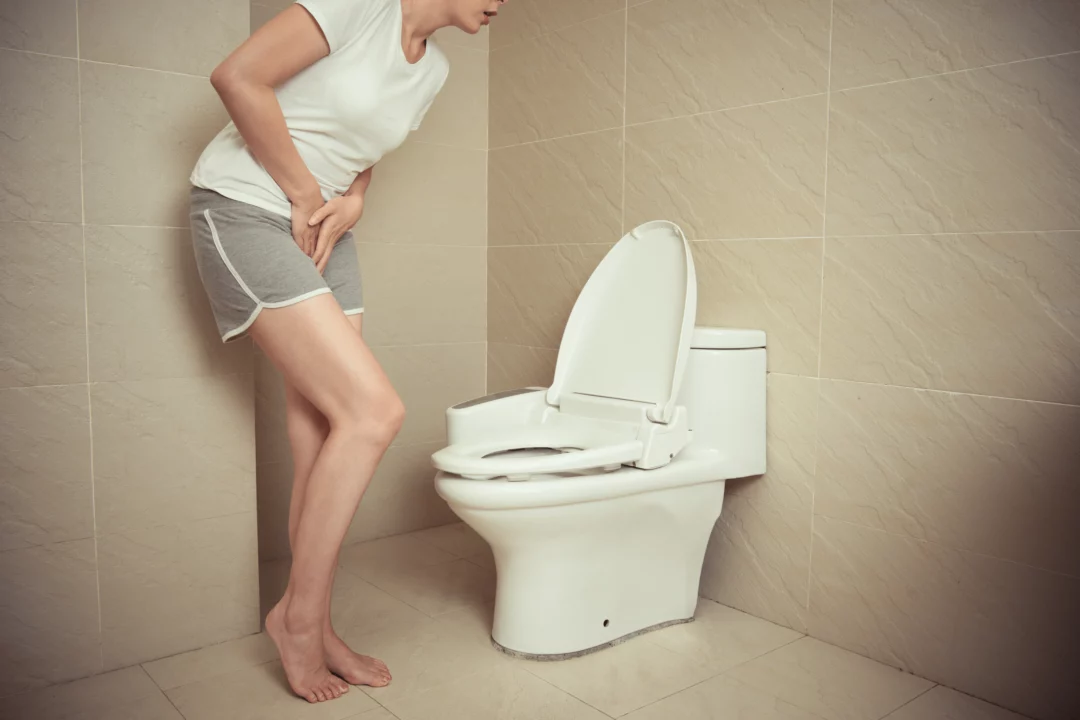
We women have known since childhood that we should take care of our "girly" parts from catching a cold. Since childhood, we have listened to the advice of our mothers and grandmothers about not pulling on our stomach and back, not sitting on cold stairs, and the like. And they were right. Health problems in the area of the gynecological or urinary system can be really unpleasant.

First of all, it is necessary to distinguish whether it is a physiological discharge, or discharge that indicates some problemPhysiological discharge is usually watery, clear, and odorless.
However, if it looks different, is thicker, or has a different color, is accompanied by itching or burning, and has a smell, you should be careful. It could be a fungal infection or inflammation.
The most common risk factors for inflammation include:
 Sometimes it's easy and you just need a few "tricks" to help you suppress or prevent inflammation. Here I would especially advise you to take a light change some habitsIt is suitable to wear cotton underwear, don't wear thongs or tight jeans, not to stay in wet places swimsuit, not to visit the shared hot tub for more people (e.g. at a swimming pool). It is also suitable limit sugar consumption. Give during menstruation preference for inserts or a cup before a tampon. If you use tampons, make sure to change them more often and choose a better quality product and don't forget to hygiene during and after intercourse. Also, be careful with various intimate hygiene products. Even if the advertising says otherwise, they can often worsen your condition. It is better to visit a pharmacy or your gynecologist directly.
Sometimes it's easy and you just need a few "tricks" to help you suppress or prevent inflammation. Here I would especially advise you to take a light change some habitsIt is suitable to wear cotton underwear, don't wear thongs or tight jeans, not to stay in wet places swimsuit, not to visit the shared hot tub for more people (e.g. at a swimming pool). It is also suitable limit sugar consumption. Give during menstruation preference for inserts or a cup before a tampon. If you use tampons, make sure to change them more often and choose a better quality product and don't forget to hygiene during and after intercourse. Also, be careful with various intimate hygiene products. Even if the advertising says otherwise, they can often worsen your condition. It is better to visit a pharmacy or your gynecologist directly.
After a gynecological examination, it will be completely clear what is troubling you and how to solve it. But there are also over-the-counter preparationsthat will help you with gynecological problems. And besides, they also have wider view. In a woman's body, everything is connected to everything else. And so gynecological problems can also lead to problems with the urinary tract.

Urinary tract infections are common, but women are more susceptible to them. This is mainly because once an infection or other problem occurs in the gynecological area and is not treated, it can easily spread to the urinary tract. The most common is inflammation of the bladder or urethra.
There are also certain treatments for urinary tract infections. risk factors, which if avoided, can prevent unpleasant health complications. These include:
 You can recognize urinary tract problems quite easily even without diagnostics.
You can recognize urinary tract problems quite easily even without diagnostics.
If you feel painful and frequent urge to urinate, maybe even after a few minutes, pain, burning or cutting when urinating or even discover blood in the urine, something is definitely wrong. You may also have a temperature, which indicates the presence of inflammation. I definitely recommend seeing a doctor who will perform a gynecological-urological examination.
If it is an acute inflammation, you probably cannot avoid antibiotics. However, you can also treat your urinary tract relieve and over-the-counter medicineswhich you will help in other areas as well.
Of course there are also several preventive measures, thanks to which you can inflammations prevent. This includes in particular: